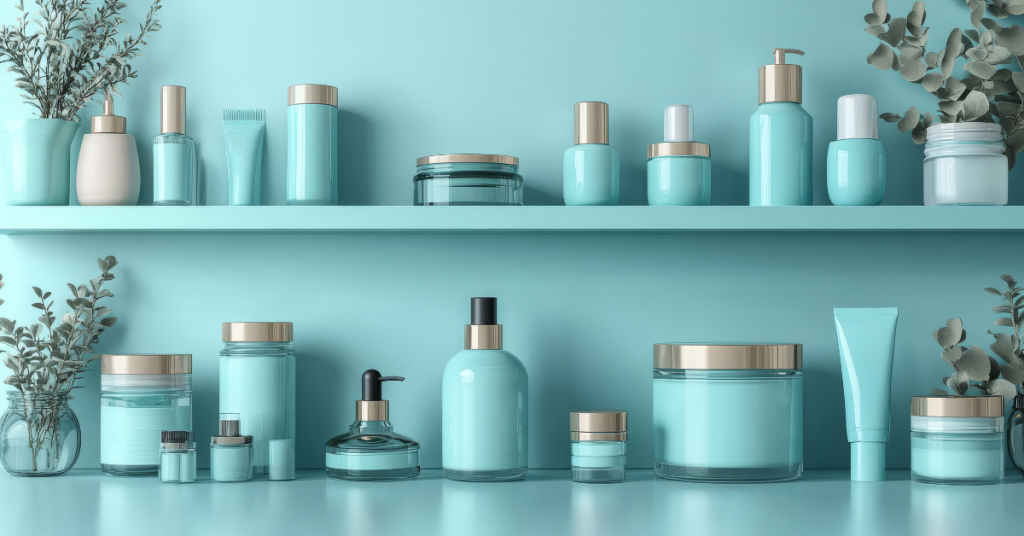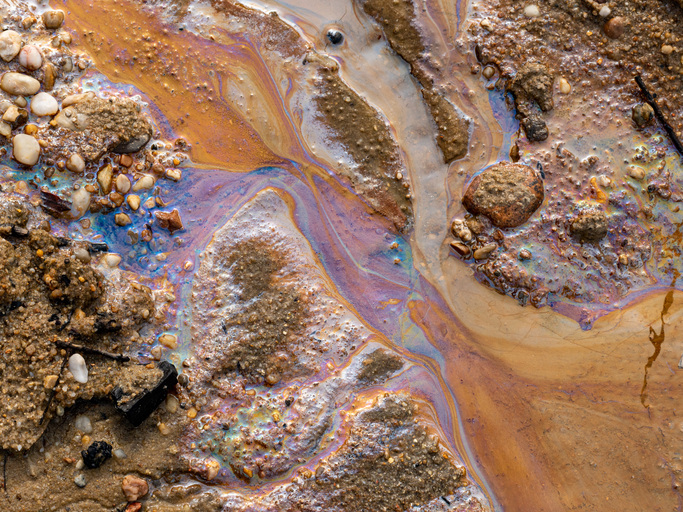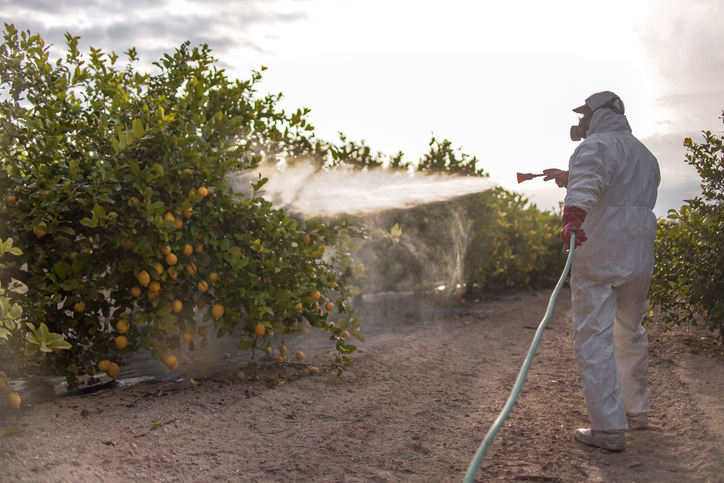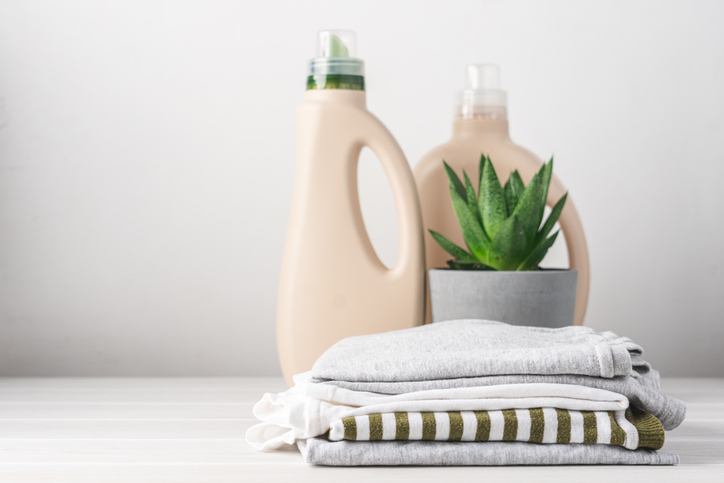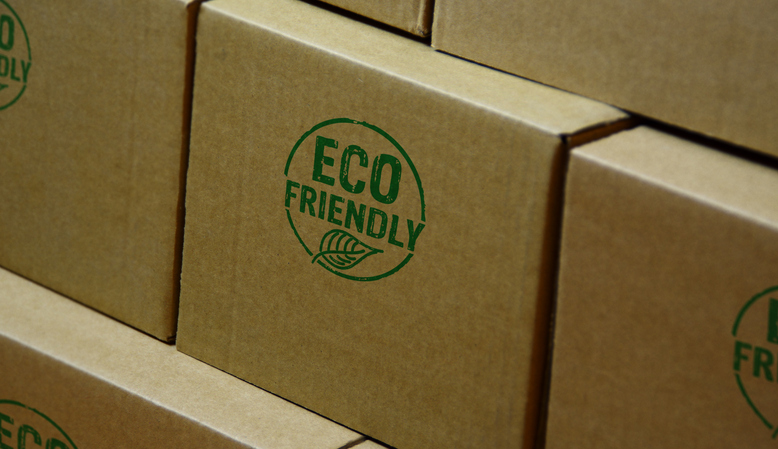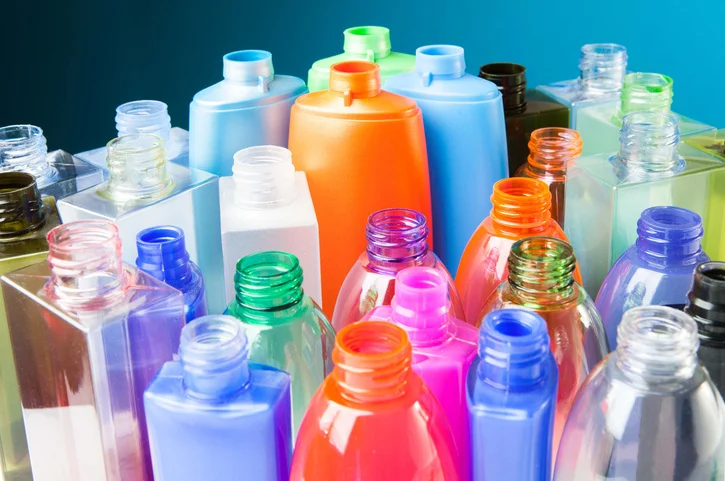Aropha Inc., a leader in biodegradability and compostability testing, today announced the appointment of Brad Buehler to the Aropha Board of Directors, effective July 31st, 2025.
Read More
What is Biodegradation?
This blog is intended to provide a simple, easy to understand overview of biodegradation for everyone. Whether it is your first time learning about biodegradation, or you are just looking to refresh your understanding of the topic, we hope this advances your knowledge of biodegradation.
Read More
Meet the Innovator Behind Aropha Biodegradability Testing: Q&A with Kuan Huang, Co-Founder & CTO
From PhD to CTO and co-founder: find out how Kuan Huang is helping R&D teams cut time and costs off biodegradability testing.
Read More
4 Things Personal Care R&D Teams Should Know About Biodegradability Testing
From rising consumer pressure to vague regulations, get insights for personal care R&D teams on faster, more cost-effective biodegradability testing.
Read More
Industry-First Platform Combines AI-Powered Simulation and Lab Testing for Faster Biodegradation Assessment
Eliminate long testing timelines, high costs, and guesswork in early R&D with a new platform that centralizes and accelerates biodegradability assessment.
Read More
Lubricant Biodegradability Testing: How to Streamline Biodegradable Lubricant Development
Explore the importance of biodegradable lubricants for sustainability and performance, how to test lubricant biodegradability, and how Aropa can help streamline the product development process with quicker, cheaper and more reliable results.
Read More
SOCMA Show 2025: What’s Next for Specialty Chemical Innovation & Compliance
Regulations are evolving. R&D budgets are shrinking. What does this mean for the future of specialty chemicals? Insights from SOCMA reveal two key trends shaping the industry, and a game-changing tool to identify, test and commercialize new ingredients.
Read More
Aropha Is Starting 2025 Off With a Revamped Website
To begin the new year, we decided to revamp our website! Our goal with our newly designed site is to better serve our customers with a fresh, updated, user-friendly interface that still provides you with all of the information you …
Read More
Sustainable Agriculture: The Impact of Agrochemical Biodegradable Ingredients
Agriculture is one of the main causes of global emissions with about 30% of total global emissions being caused by agricultural activities, including the use of pesticides and other agrochemicals. These harmful chemicals cause many issues in the environment aside …
Read More
Formulating Biodegradable Detergents: Everything You Should Know
Detergents are used to keep many things clean, primarily clothing. However, many consumers may be unaware of the environmental impact that detergents can have. It is critical to ensure these products that are ending up in our wastewater systems in …
Read More
Eco Marketing: Breaking Down FTC Green Guide Claims on Compostability and Biodegradability
Many individuals today are more inclined to buy compostable or biodegradable products since they are concerned about their impact on the environment. In fact, there has been a 71% rise in online searches for sustainable goods globally over the last …
Read More
3 Considerations for the ASTM D5511 Test
The ASTM D5511 is a great biodegradability test for plastic materials. Learn more about the test and how to streamline it here:
Read More



